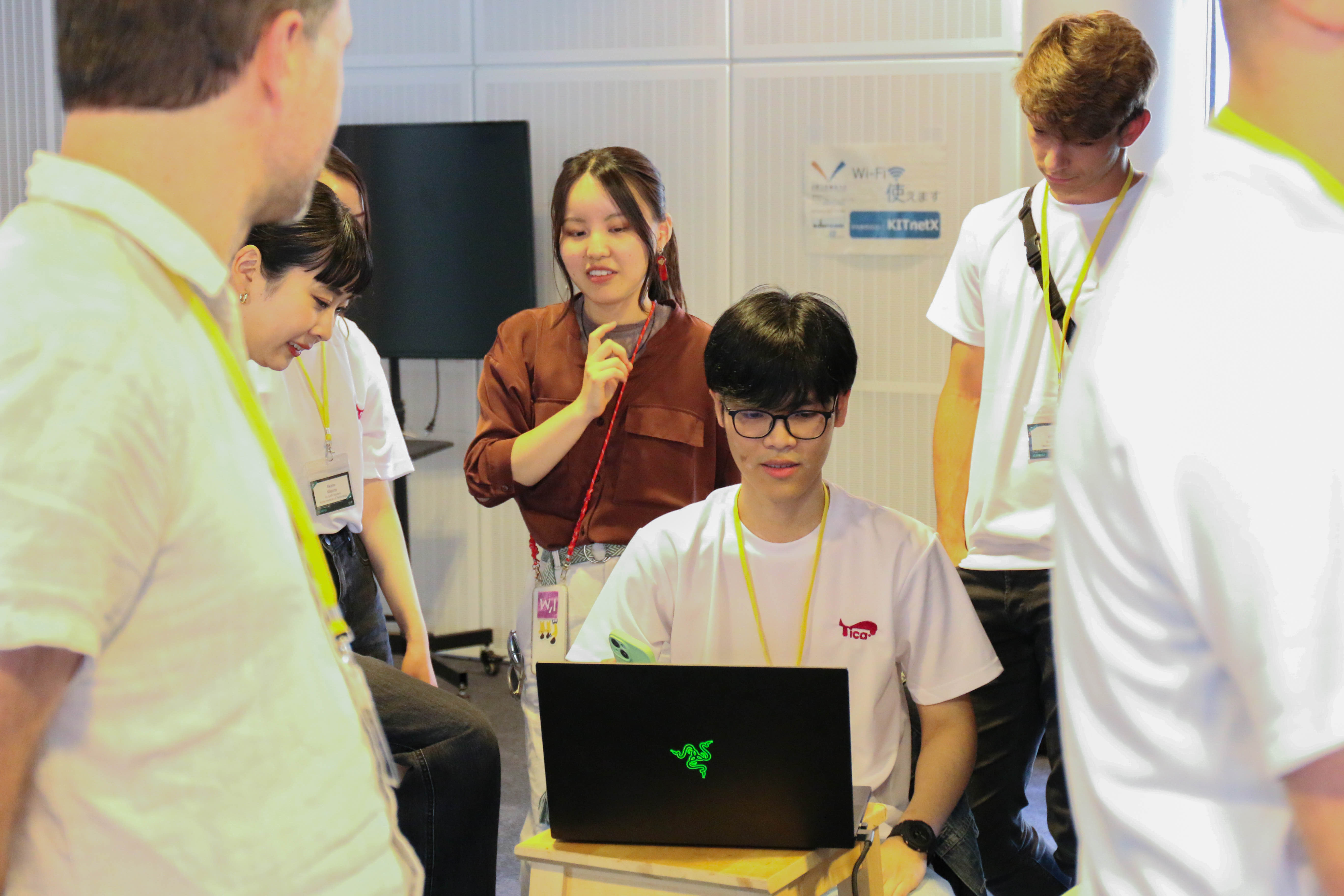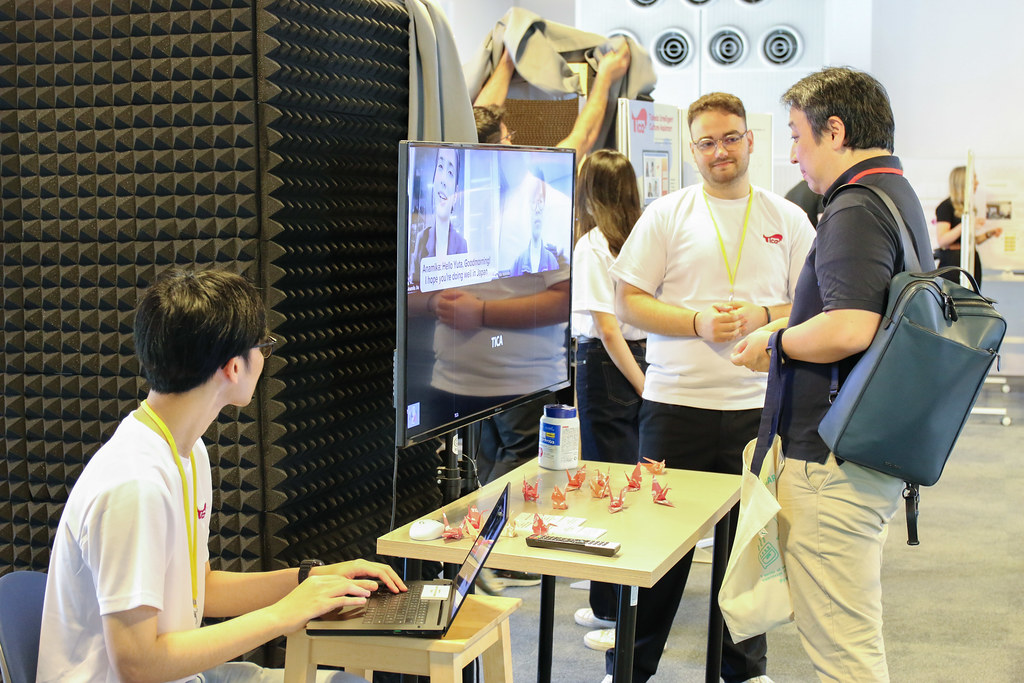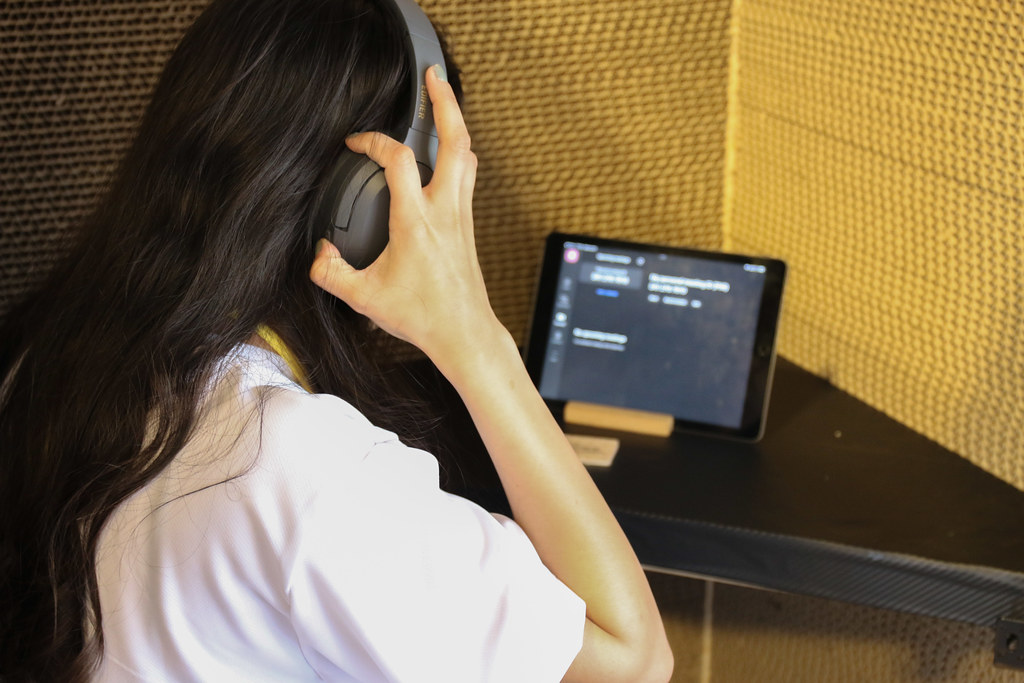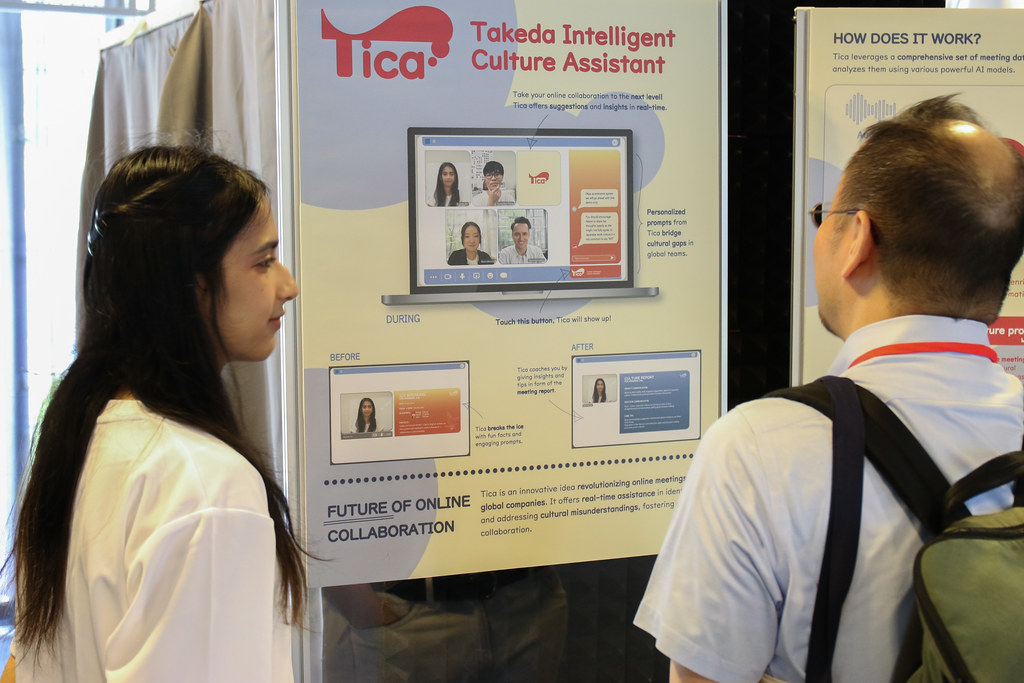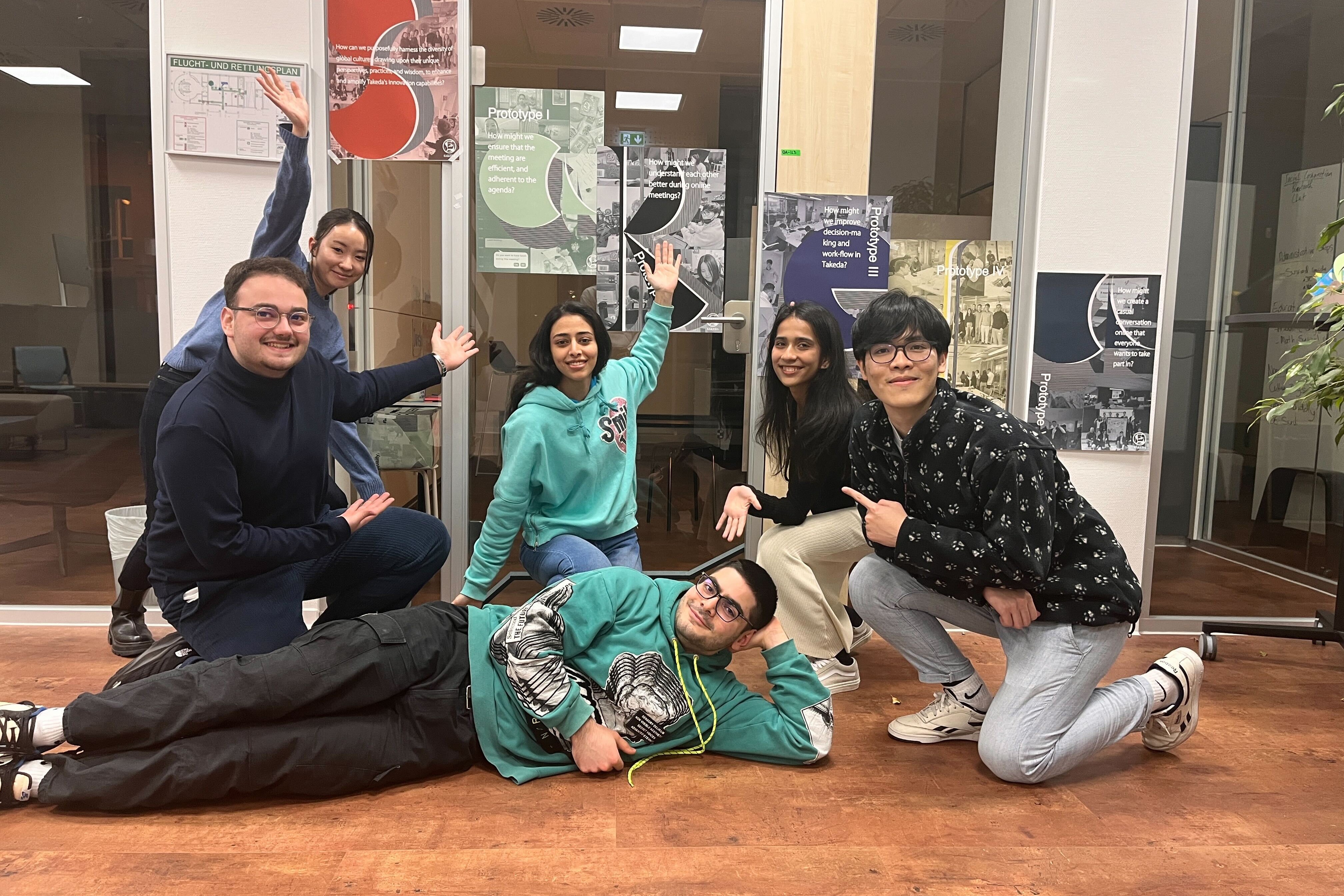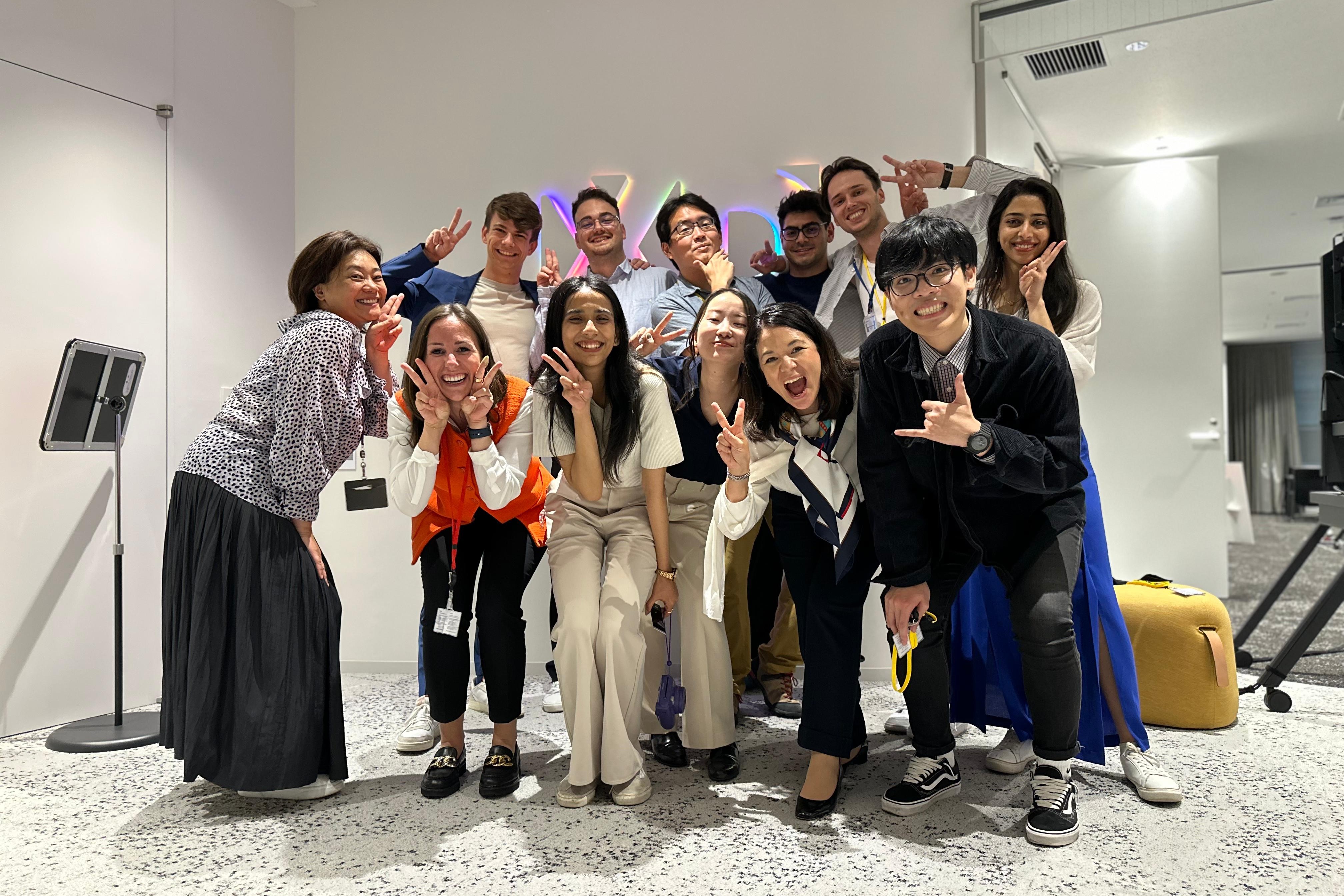I survived ME310/SUGAR
the most memorable experience in 20s (probably)
What and Why ME310/SUGAR
ME310/SUGAR at Kyoto Institute of Technology is a nine-month program that uses design thinking to develop innovative products and products. The partner company presents the theme of the project to the student teams of the world’s top universities without setting a specific goal. Our team of people with different disciplines use design thinking methodologies to discover new user needs, test ideas through rapid prototyping, and deliver innovative outcomes to our partners.
A 9-month Journey
The project spanned a total of nine months, combining global collaboration with hands-on problem-solving. Our team partnered with the Hasso Plattner Institute in Potsdam, Germany, working closely with talented students across borders. We tackled a real-world challenge posed by Takeda Pharmaceutical Company, a global enterprise with headquarters in multiple locations worldwide. This gave us a unique opportunity to address complex issues faced by an international organization.Throughout the project, we collaborated weekly both within our local team and across the global team, maintaining direct communication with our company liaison. This continuous interaction helped align our efforts with Takeda’s needs.Using design thinking, we identified pain points, generated innovative ideas, and validated our concepts through rapid prototyping. This iterative approach was key to delivering meaningful solutions.
What is Design Thinking
We applied the five-phase design thinking process — Empathize, Define, Ideate, Prototype, and Test — in an iterative cycle. This approach enabled us to explore user behavior in depth, uncover pain points, and develop user-centered solutions that are both practical and impactful.
The Challenges
As users ourselves, we experienced the problem firsthand. This dual perspective gave us insights that secondary research alone couldn’t reveal. Aligning across time zones, communication styles, and cultural expectations was tough—but also where the innovation thrived.
Final Delivery
We developed an AI-based online meeting assistant to reduce cultural friction in global communication. The system listens in real-time and gives contextual cultural advice to prevent misunderstandings.
Take Away
This project taught me how to navigate ambiguity, lead within a team, and create empathy-driven solutions. It strengthened both my technical and interpersonal skills and showed me how design and engineering can work hand-in-hand to make a real-world impact. Beyond the professional growth, I truly appreciate the lasting friendships I built during and after the project.
